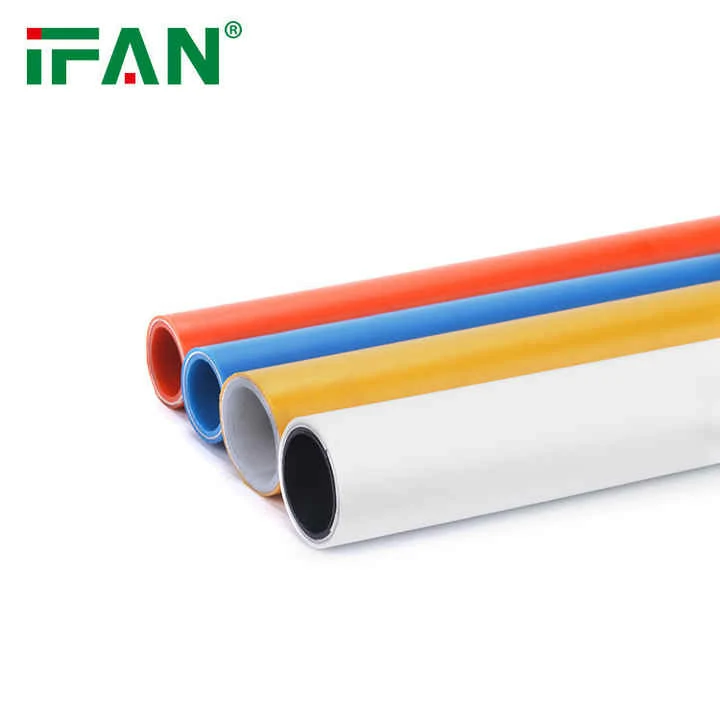Material Properties and Applications
PVC (polyvinyl chloride) and PEX (cross-linked polyethylene) serve distinct roles in plumbing. PVC is rigid, ideal for drain lines and irrigation due to its chemical resistance. PEX is flexible, suited for indoor water supply systems. For example, PVC excels in sewage systems, while PEX dominates residential potable water networks.
Temperature and Pressure Tolerance
PVC handles cold water efficiently but weakens above 140°F (60°C). PEX withstands temperatures up to 200°F (93°C), making it better for hot water lines. In freezing climates, PEX’s flexibility prevents bursting, whereas rigid PVC may crack under expansion.
Installation Ease and Cost
PVC requires solvent welding for joints, demanding precision and time. PEX uses push-fit or crimp fittings, enabling faster installation. A 2022 study by Plumbing Today found PEX systems cost 20% less in labor than PVC for retrofitting older homes.
Chemical Resistance and Safety
PVC resists acids and alkalis, ideal for industrial waste systems. However, some PVC additives may leach phthalates. Cross-linked Polyethylene meets NSF/ANSI 61 standards for drinking water but may release trace VOCs initially. For example, a Nevada school replaced PVC with PEX to avoid plasticizer concerns.
Durability and Maintenance
PVC degrades under prolonged UV exposure, limiting outdoor use unless painted. Cross-linked Polyethylene is UV-sensitive but lasts decades indoors. Both materials resist corrosion, unlike metal pipes. A 2020 case study showed PEX systems in Arizona homes required 30% fewer repairs than PVC over 10 years.

Environmental Impact
PVC production involves chlorine and emits toxins if burned. Cross-linked Polyethylene manufacturing consumes less energy but raises microplastic concerns. Recycled PVC is widely available, whereas PEX recycling remains limited. California’s 2023 plumbing code prioritizes PEX for its lower carbon footprint.
Code Compliance and Regional Preferences
PVC dominates in regions with strict chemical resistance requirements, like coastal areas. Cross-linked Polyethylene is favored in cold climates for freeze resistance. For instance, Minnesota’s 2021 building code mandates Cross-linked Polyethylene for all new residential water supply lines.
Final Recommendations
Choose PVC for drains, vents, or chemical-heavy environments. Opt for Cross-linked Polyethylene in hot/cold water systems, especially in freeze-prone areas. Always verify local codes and prioritize NSF-certified products. Combining PVC for drainage and Cross-linked Polyethylene for supply lines optimizes cost and performance in most projects.

